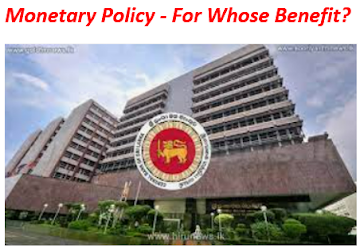Is the present CBSL aware of the Financial Literacy? Let us examine

The objective of this article is to highlight the pathetic condition of the survey and research skill at the present Central Bank of Sri Lanka (CBSL) based on publication of financial literacy survey 2021 released on 25th October (https://www.cbsl.gov.lk/sites/default/files/cbslweb_documents/financial_literacy_servey_sri_lanka_2021_e.pdf) The CBSL possess huge institutional memory and skills in the conduct of island wide household surveys and release of publications immensely useful for the policymakers, researchers and the general public. The series of Consumer Finances Surveys since 1953 has been the landmark source of data in assessing the socio-economic progress of the post-independent Sri Lanka. The Statistics Department in the CBSL has emerged to carry out a specialized function of surveys and compilation of socio-economic statistics within the CBSL whereas the Economic Research Department has been focusing on policy-focused research. Having been engaged in several surve...


